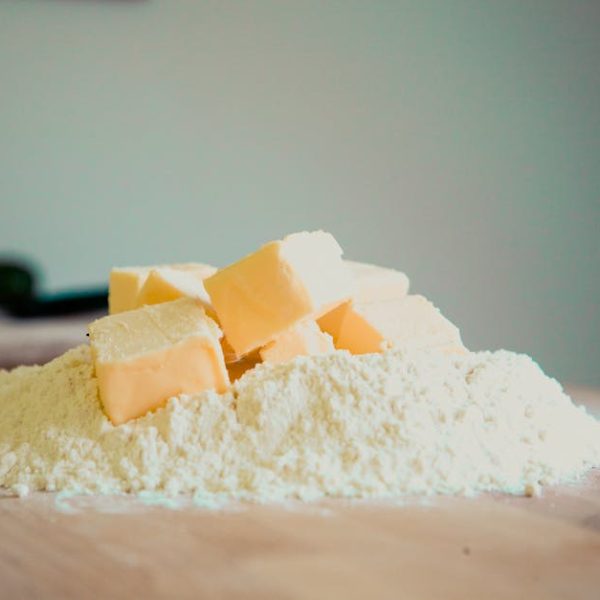Optimizing the preservation of salami is crucial for maintaining its taste, texture, and most importantly, its safe consumption. This article will hand you a detailed guide on effective salami freezing techniques, perfect packaging, and thoughtfully designed thawing measures.
Understanding the Need for Proper Salami Storage
Salami, a crowd-pleaser in many gourmet dishes and charcuterie boards, requires specific preservation methods to maintain its delicious flavor and characteristic texture. But beyond sheer taste, safe storage is vital to prevent foodborne illnesses.
Given that salami is a cured meat product, its improper storage can lead to bacterial growth, specifically pathogenic strains such as Listeria monocytogenes and Staphylococcus aureus. Furthermore, inadequate storage conditions can affect the salami’s taste and texture, making it either too hard, too soggy, or flavorless – a clear let-down to your culinary venture.
Key Takeaways:
- Wrong storage methods may lead to severe food safety issues due to microbial growth.
- An inferior storage environment adversely impacts the taste and texture of salami.
Maximizing Salami’s Shelf Life: Freezing as an Effective Approach
A whole new world of possibilities opens up when you discover that the secret to prolonging your salami’s lifespan lies in freezing. Freezing not only poses as a stonewall against bacterial proliferation but also effectively slows down the aging process in salami.
The science behind freezing is simple. The low temperature slows down enzyme activity in food, maintaining the structure, flavor, and nutritional value of the salami. However, the effectiveness of freezing demands attention to detail, particularly regarding the speed of freezing and packaging techniques.
Pro Tips:
- Quick freeze salami to maintain its cell structure and prevent the growth of large ice crystals.
- Seal your salami in air-tight packaging to prevent freezer burn and guarantee quality over time.
Proper Packaging for Salami Freezing
The packaging process holds immense importance when freezing salami. Not only does it preserve the quality of the meat, but it also safeguards the flavors, ensuring an enjoyable culinary experience post-thawing.
Suitable packaging materials for salami include food-grade plastic wraps, aluminum foil, and vacuum-sealed bags. Each material presents its benefits and considerations in terms of ease of use, sealing efficiency, and potential alteration of flavor or texture.
Comparison:
| Packaging Material | Pros | Cons |
|---|---|---|
| — | — | — |
| Plastic Wrap | Simple; widely available | Might not provide an air-tight seal |
| Aluminum Foil | Effective barrier against oxygen | Difficult to completely remove air |
| Vacuum-Sealed Bag | Ensures an air-tight seal; prolongs shelf-life | Requires special equipment |
In-depth Guide to Salami Freezing Techniques
Efficient freezing of salami is not a process of simply tossing it into the freezer. Specific steps should be followed to ensure optimal results.
- Begin with clean hands and surfaces to prevent cross-contamination.
- An unopened salami can be placed directly into the freezer.
- If already opened, wrap the salami tightly with suitable packaging material, ensuring an airtight seal.
- Write down the date of freezing on the package for better tracking.
- Set your freezer to a temperature below 0°F (-18°C) for optimal preservation.
- Store the salami in the freezer’s back where the temperature is most constant.
Pro-tip: Slicing the salami into manageable portions before freezing ensures ease of use and prevents re-freezing.
Thawing Frozen Salami: Best Practices
Successfully thawing frozen salami requires attention just as much as freezing it. Proper thawing strategies retain the quality and prevent potential food safety risks.
- Ideally, salami should be slowly thawed in the refrigerator, which maintains a consistent, safe temperature.
- Avoid leaving salami to thaw at room temperature as it leads to a potential bacterial growth.
- Once thawed, pat the salami dry to remove excess moisture before consumption or cooking.
- One golden rule is to never refreeze a thawed salami more than once, as it compromises both safety and quality.
In conclusion, the secret to a flavorful, well-preserved salami lies in the perfect symphony of freezing, packaging, and thawing techniques. With these tips, you can enjoy your delicious salami for a prolonged period without concerns about taste, texture, or safety.
Key Takeaway:
- Properly storing salami is critical for maintaining its flavor, texture, and safety.
- Quick freezing and airtight packaging are the key aspects of freezing salami effectively.
- Different types of packaging materials have their pros and cons, carefully chose based on its efficiency and the potential impact on flavor or texture.
- Following a detailed guide for freezing salami can ensure optimal results.
- Proper thawing techniques are as important as freezing for maintaining the quality of salami.
Being mindful of the principles and techniques of salami storage, specifically freezing and thawing, can greatly extend its shelf life without compromising on taste or food safety. As a simple practice, these tips can become part of your kitchen routine, reassuring you every time you wish to savour your favourite salami. Remember, excellent culinary outcomes lie in the subtleties of preservation too!
FAQs
Q: Can all types of salami be frozen?
A: While most types of salami can be frozen, there might be a few exceptions. Always check the packaging information or consult with the supplier or manufacturer for specifics.
Q: What is the longest I can store salami in the freezer?
A: Salami can typically be frozen and stored safely for up to two months. However, the exact storage time might vary depending on the salami type, freezer temperature, and packaging method.
Q: Can I refreeze salami after thawing it?
A: It’s generally not recommended to refreeze thawed salami more than once, as it can compromise both safety and quality.
Q: What if my frozen salami has signs of freezer burn?
A: Freezer burn indicates that air has got into your packaging. It might slightly alter the flavor of your salami but it’s not harmful. You can cut off the portions affected by freezer burn before eating.
Q: What’s the best way to thaw frozen salami?
A: The safest and best way is to thaw your frozen salami slowly in the refrigerator. This method ensures a consistent, safe temperature and maintains the quality of the salami.
We hope you found these insights helpful! For more tips and tricks in the kitchen, feel free to explore our other articles and don’t hesitate to share them with your food-loving friends!






